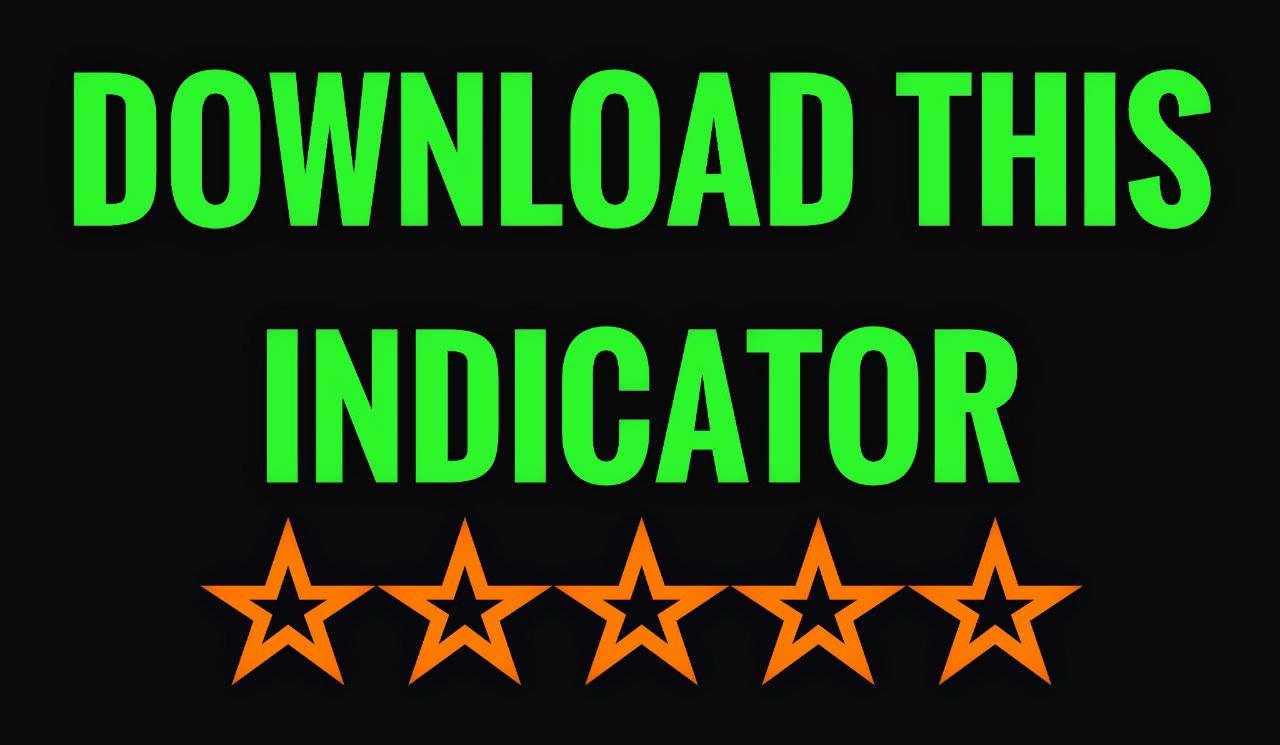In the world of trading, having the right indicators can make all the difference in successfully timing buy or sell signals. One such indicator that traders often rely on is the Trade Confirmed Indicator. This indicator takes into account various data points to give a confirmation of a trade signal, helping traders make informed decisions. In this article, we will explore 10 key data points to consider when using the Trade Confirmed Indicator for successful buy or sell signals.
Data Point 1: Volume
WE ARE FEATURED IN
Volume is a key data point to consider when using the Trade Confirmed Indicator. High volume usually indicates strong interest in a particular stock or asset, which can confirm a buy or sell signal.
Data Point 2: Moving Averages
Watching the crossover of moving averages can provide valuable insights into the market trend. When the shorter-term moving average crosses above the longer-term moving average, it may be a buy signal, and vice versa for sell signals.
Data Point 3: Relative Strength Index (RSI)
The RSI is a momentum indicator that measures the speed and change of price movements. A reading above 70 indicates overbought conditions, while a reading below 30 indicates oversold conditions.
Data Point 4: Support and Resistance Levels
Identifying key support and resistance levels can help confirm buy or sell signals. A breakout above a resistance level or a breakdown below a support level can signal a change in trend.
Data Point 5: MACD (Moving Average Convergence Divergence)
The MACD is a trend-following momentum indicator that shows the relationship between two moving averages. A crossover of the MACD line above the signal line can be a bullish signal, while a crossover below can be a bearish signal.
Data Point 6: Fibonacci Retracement Levels
Using Fibonacci retracement levels can help identify potential price reversals. Traders often look for buy or sell signals at key Fibonacci levels, such as 38.2%, 50%, or 61.8%.
Data Point 7: Volatility
High volatility can indicate uncertainty in the market, while low volatility can signal a lack of interest. Monitoring volatility can help confirm buy or sell signals.
Data Point 8: Economic Indicators
Economic indicators, such as GDP growth, inflation rates, or unemployment numbers, can influence market sentiment. Keeping an eye on these indicators can help confirm trade signals.
Data Point 9: Market Sentiment
Market sentiment, often gauged through sentiment indicators or surveys, can indicate the overall mood of traders. Contrarian indicators can be used to confirm buy or sell signals based on sentiment.
Data Point 10: News and Events
News and events, such as earnings reports, economic data releases, or geopolitical news, can impact market movements. Monitoring news and events can help confirm buy or sell signals.
Conclusion
By considering these 10 key data points when using the Trade Confirmed Indicator, traders can unlock the power of this indicator for successful buy or sell signals. It is important to use a combination of data points and indicators to make informed trading decisions and minimize risks.
FAQs
Q: How do I interpret a Trade Confirmed Indicator signal?
A: A Trade Confirmed Indicator signal is confirmed when multiple data points align to provide a buy or sell signal. Traders should look for confirmation from various indicators before making a trading decision.
Q: Can the Trade Confirmed Indicator guarantee successful trades?
A: While the Trade Confirmed Indicator can provide valuable insights, it does not guarantee successful trades. It is important to conduct thorough research and analysis before making any trading decisions.
Q: How often should I check the Trade Confirmed Indicator?
A: Traders should regularly monitor the Trade Confirmed Indicator to stay informed about potential buy or sell signals. However, it is important not to rely solely on one indicator and to use a combination of data points for better accuracy.
Q: Are there any risks associated with using the Trade Confirmed Indicator?
A: Like any trading indicator, there are risks involved in using the Trade Confirmed Indicator. Traders should be aware of market volatility, economic events, and other factors that can impact trading decisions.













